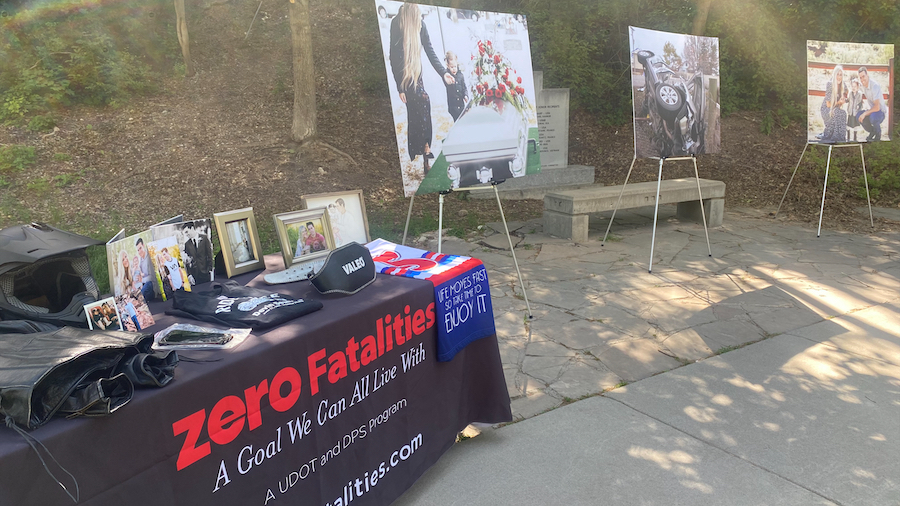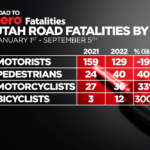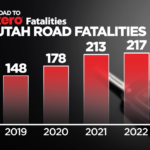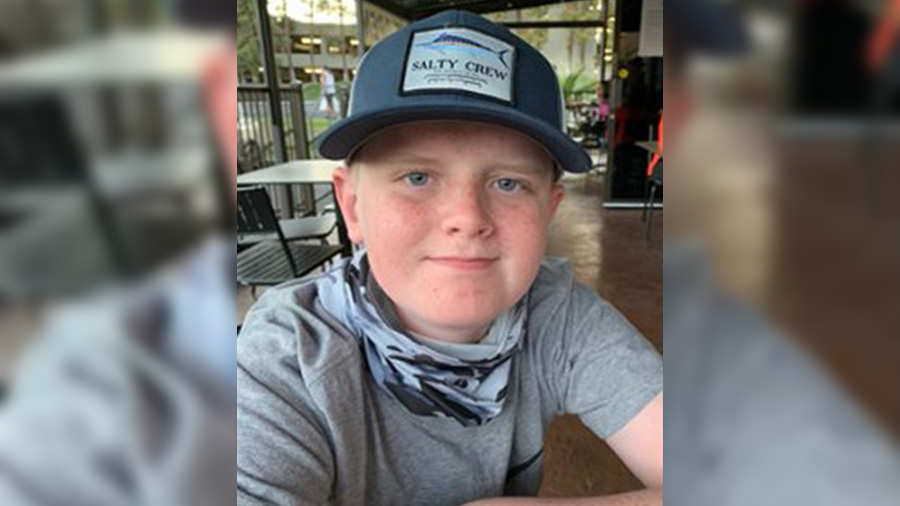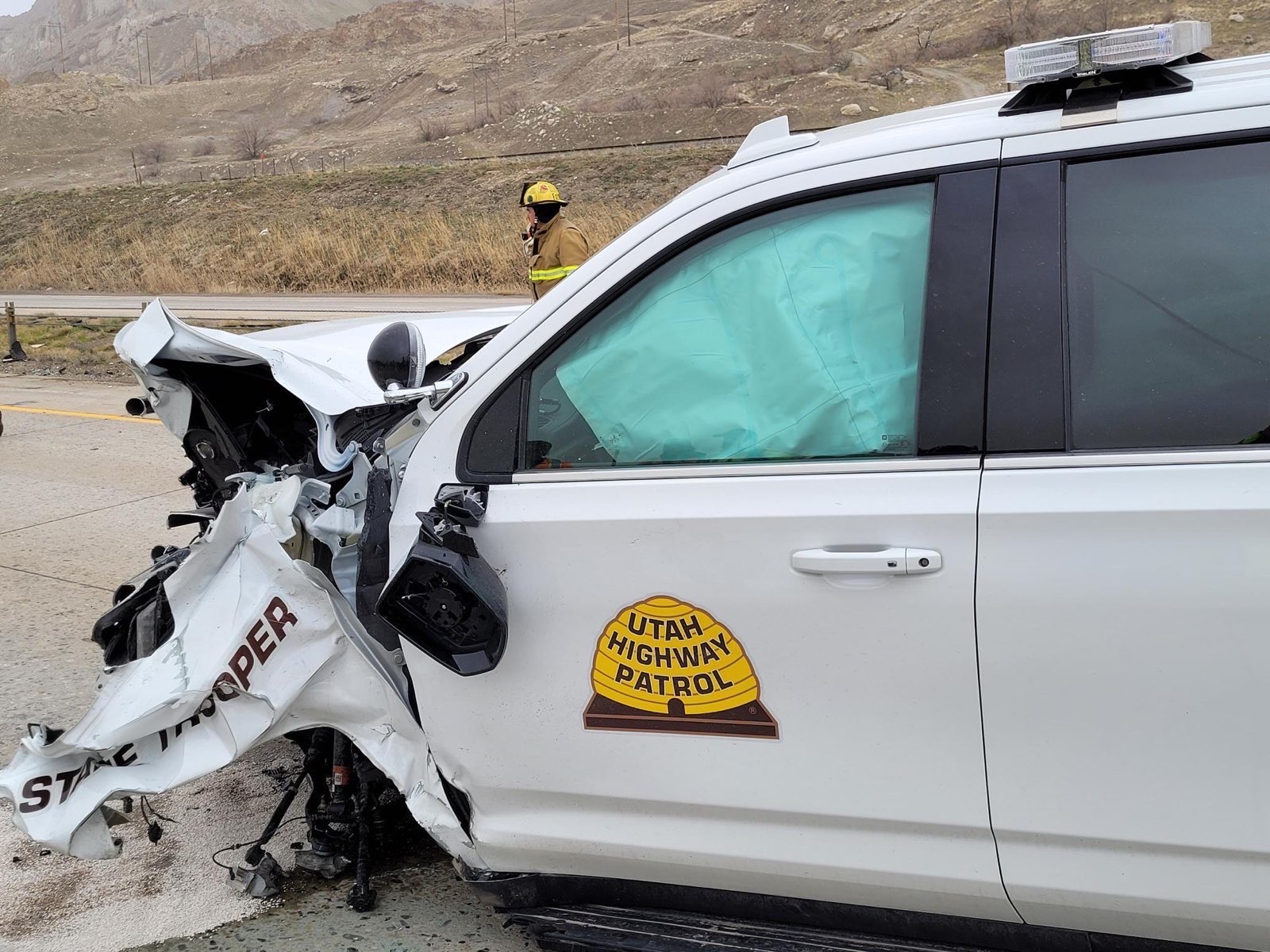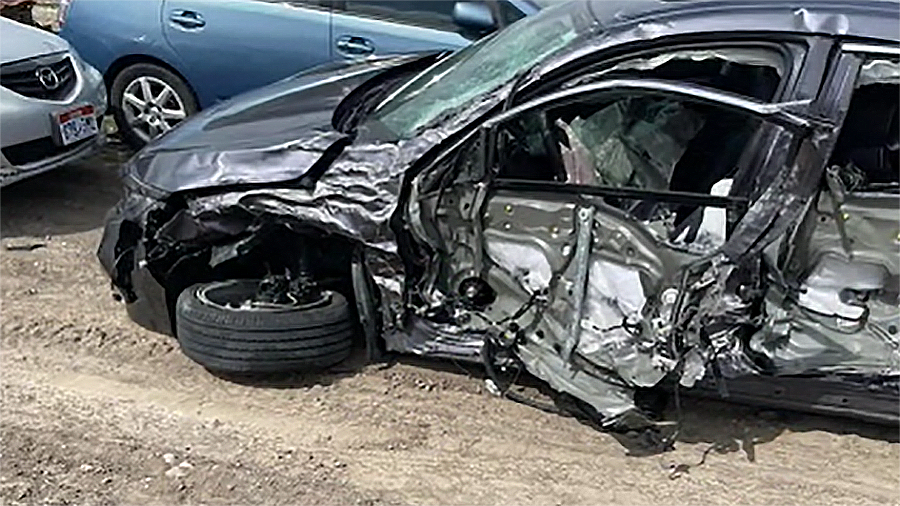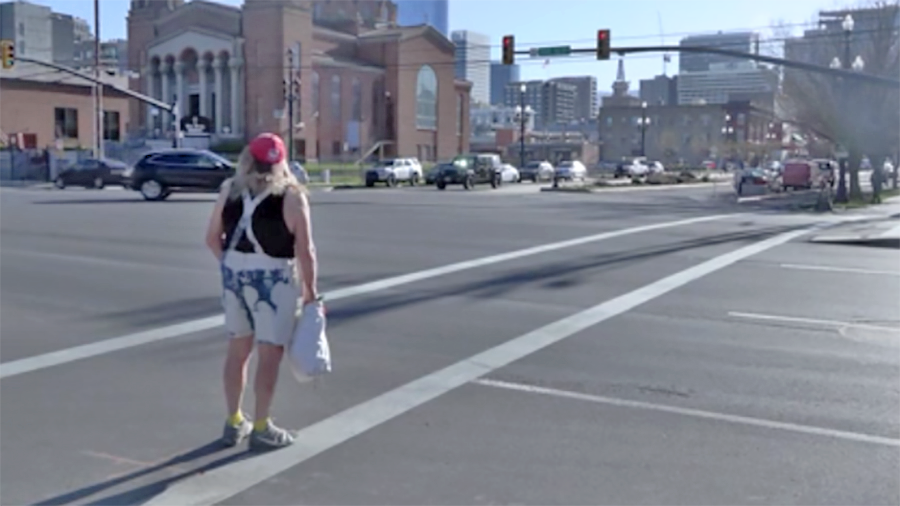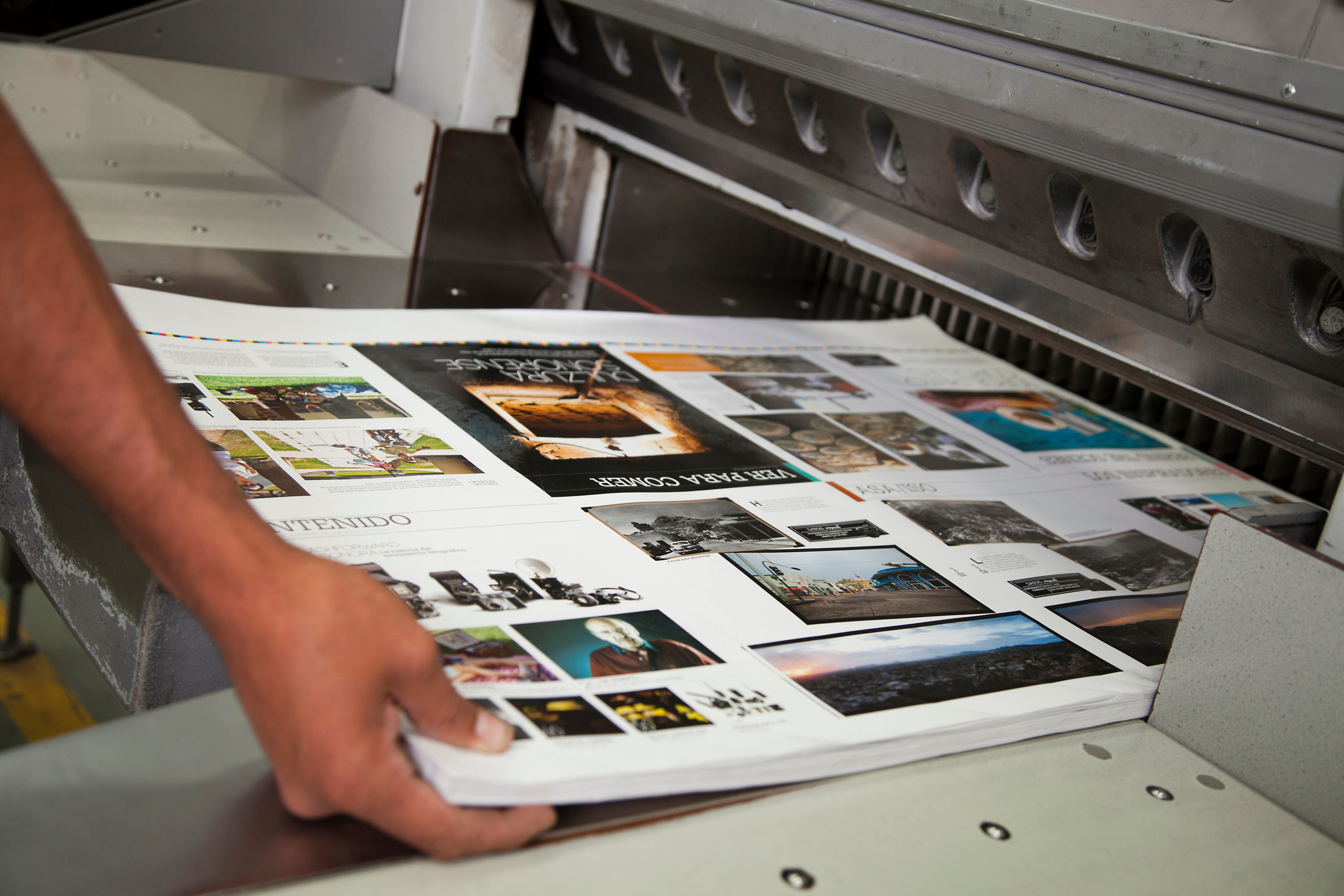ROAD TO ZERO
Trauma surgeon gives sobering perspective as Utah wraps up its 100 Deadliest Days
Sep 8, 2022, 9:51 AM
MURRAY, Utah — At Intermountain Medical Center in Murray, Dr. David Morris is always preparing for the next patient to enter the emergency room doors.
“Our job is to find out what is wrong as quickly as possible, and that’s not a super pleasant process,” said Morris, who is also the medical director for general surgery at the hospital.
Morris said emergency room care at the hospital has jumped between 15-22% in recent years, with motor vehicle crashes being one of the top mechanisms for injury in 2022.
“They seem to be the most devastating just because of the energy involved,” he said.
From head injuries and internal organ injuries to a variety of fractures, Morris and the staff at IMC have seen it all when it comes to injuries sustained in motor vehicle crashes.
“We see people that are just destroyed. We see legs poking in the wrong direction, we see massive bleeding,” Morris said. “We see injuries that are enough to make you pass out if you’re not used to it.”
Morris only shares this sobering perspective because Utahns are being injured and dying on our roadways at a record pace.
“There’s no easy way to break that news, and it’s gut-wrenching every single time,” Morris said. “Our everyday work is dealing with somebody else’s worst day of their life.”
Over the Labor Day weekend, Utah wrapped up its “100 Deadliest Days” with 96 lives lost. While it’s a slight decrease from the 103 deaths during Memorial Day and Labor Day in 2021, it’s concerning.
“We saw 96 people that lost their lives during the summer months, and that’s incredibly troubling because, if you look at that, it’s nearly one person, one fatality per day,” said John Gleason, public relations director for the Utah Department of Transportation.
From Jan. through Sept. 5, the number of people dying on Utah’s roads has steadily increased over the past four years — from 148 in 2019 to 217 people killed already this year.
“Last year was one of the worst years in terms of fatalities, worst year in two decades since 2002, and this year, we’re on track to be even higher,” Gleason said.
When UDOT looked at the types of roadway fatalities during that time frame — Jan. 1-Sept. 5, 2021-2022 — they discovered several interesting trends. First, the number of motorists killed in vehicle crashes declined by 19%. Second, vulnerable roadway users’ deaths increased in three categories: pedestrians, motorcyclists, bicyclists.
“It’s incredibly troubling. It’s incredibly frustrating because these are crashes, these are all crashes that can be prevented,” Gleason said.
Gleason hopes that Utahns will recognize the increase in these types of roadway fatalities and be extra vigilant when getting behind the wheel.
“It can’t just be about me, it can’t just be about the people in my vehicle, it’s got to be about caring more about people out on the road and everyone else out there as well,” Gleason said.
Heading into the fall driving season, Gleason says his biggest concern is risky behavior. From Memorial Day to Labor Day this year, six people died because of distracted driving, 17 deaths involved impaired drivers, and 19 people were killed because of not wearing a seatbelt.
“Over the last year or so, we’ve seen more people driving aggressively, more people not buckling up, more people speeding, and that had to stop,” Gleason said.
When it comes to motor vehicle crashes, Morris says the greater the energy, the more severity.
“The difference between a crash at 30 miles an hour and 60 miles an hour is not just twice the energy, it’s exponentially higher amounts of energy,” he said. “It goes from something that might be a minor fracture — maybe a broken rib, maybe some bruises — to internal organ bleeding, needing emergency surgery, maybe needing brain surgery.”
Morris hopes that drivers will recognize just how life-altering it can be to be in a motor vehicle crash, especially one at high speeds.
“Many patients who have been involved in one with severe injuries don’t ever get back to normal again,” he said.
He hopes drivers will listen to the messages to slow down, buckle up, and put distractions away.
“It takes a toll,” Morris said. “It’s a huge stress on the families, it’s a huge stress for the patients, but it’s also an issue for caregivers to deal with these tragic events day after day.”

